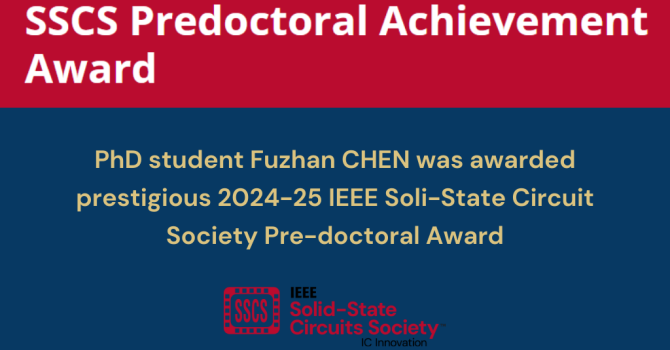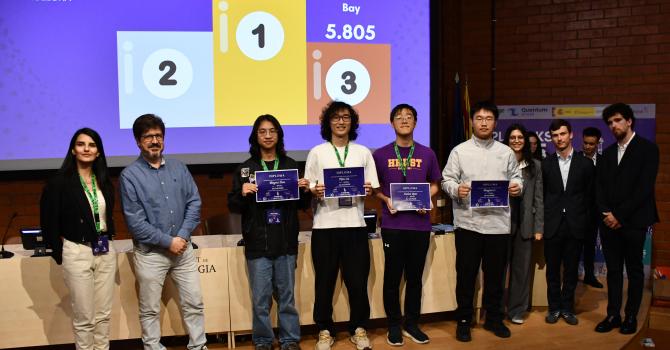A Research Paper by Research Associate Daquan ZHANG and Prof. Zhiyong FAN was published in Nature Photonics
A Research Paper by Research Associate Daquan ZHANG and Prof. Zhiyong FAN Published in Nature Photonics
The paper "Large-scale Planar and Spherical Light-emitting Diodes Based on Arrays of Perovskite Quantum Wires" by Research Associate and PhD graduate Daquan ZHANG, who is supervised by Prof. Zhiyong FAN, was published in Nature Photonics. Nature Photonics is a monthly journal publishing the best research from all areas of light generation, manipulation and detection.
Here is the link of the paper:
Zhang, D., Zhang, Q., Ren, B. et al. Large-scale planar and spherical light-emitting diodes based on arrays of perovskite quantum wires. Nat. Photon. 16, 284–290 (2022).
https://www.nature.com/articles/s41566-022-00978-0
Most light sources in nature—from stars to fireflies—have three-dimensional (3D) geometry, irrespective of their size. They are advantageous over planar counterparts on many aspects, especially spatial uniformity in the distribution of luminance. However, the mainstream OLED, QLED, and LCD technologies are certainly incompatible with 3D substrates, and thus, no 3D LED has been demonstrated hitherto. An international team led by Prof. Zhiyong FAN at Department of Electronic and Computer Engineering, HKUST, has recently fabricated perovskite quantum wire (QWR) arrays and developed the world’s first 3D spherical LED device and the largest perovskite LED device ever with respectable performance. The key feature allowing such breakthrough is vertically aligned crystalline perovskite QWR arrays with high photoluminescence quantum yield, high emitting light color purity, as well as good water-repellent property. Such QWR arrays can be grown on arbitrary substrates, such as a 4-inch wafer, or a 3D spherical substrate, with excellent uniformity. Serving as the bright light emitters, they are fabricated into large-scale planar and spherical LED devices with the utilization of nanofabrication techniques, demonstrating great potentials in next generation displays and lighting. The research paper "Large-scale Planar and Spherical Light-emitting Diodes Based on Arrays of Perovskite Quantum Wires" was just published in Nature Photonics (Nat. Photon., 16, 284-290 (2022)), the top journal in the field of photonics & optoelectronics. It is another breakthrough from Prof. FAN’s group on the 3D perovskite nanowire arrays, after the work of spherical artificial eye being published in Nature in 2020 (Nature 2020, 581, 278–282).
Figure 1. Generic growth of perovskite quantum wire arrays on 4-inch wafer-scale and 3D spherical substrates.
Figure 2. Structure of 4-inch wafer-scale and 3D spherical LED devices.
In the future, the QWRLEDs can be applied to large-scale display applications. Since the QWR arrays are vertically aligned on the substrate with ultrahigh density (~1012 cm-2), it has great potential to fabricate ultra-high resolution display panels, exceeding current OLEDs and QLEDs. Meanwhile, the 3D spherical QWRLED is a good starting point for future unconventional lighting applications.
The world’s first 3D spherical LED device based on arrays of perovskite quantum wires
Prof. Zhiyong FAN (the 2nd person from the right in the 1st row) and his research team.



